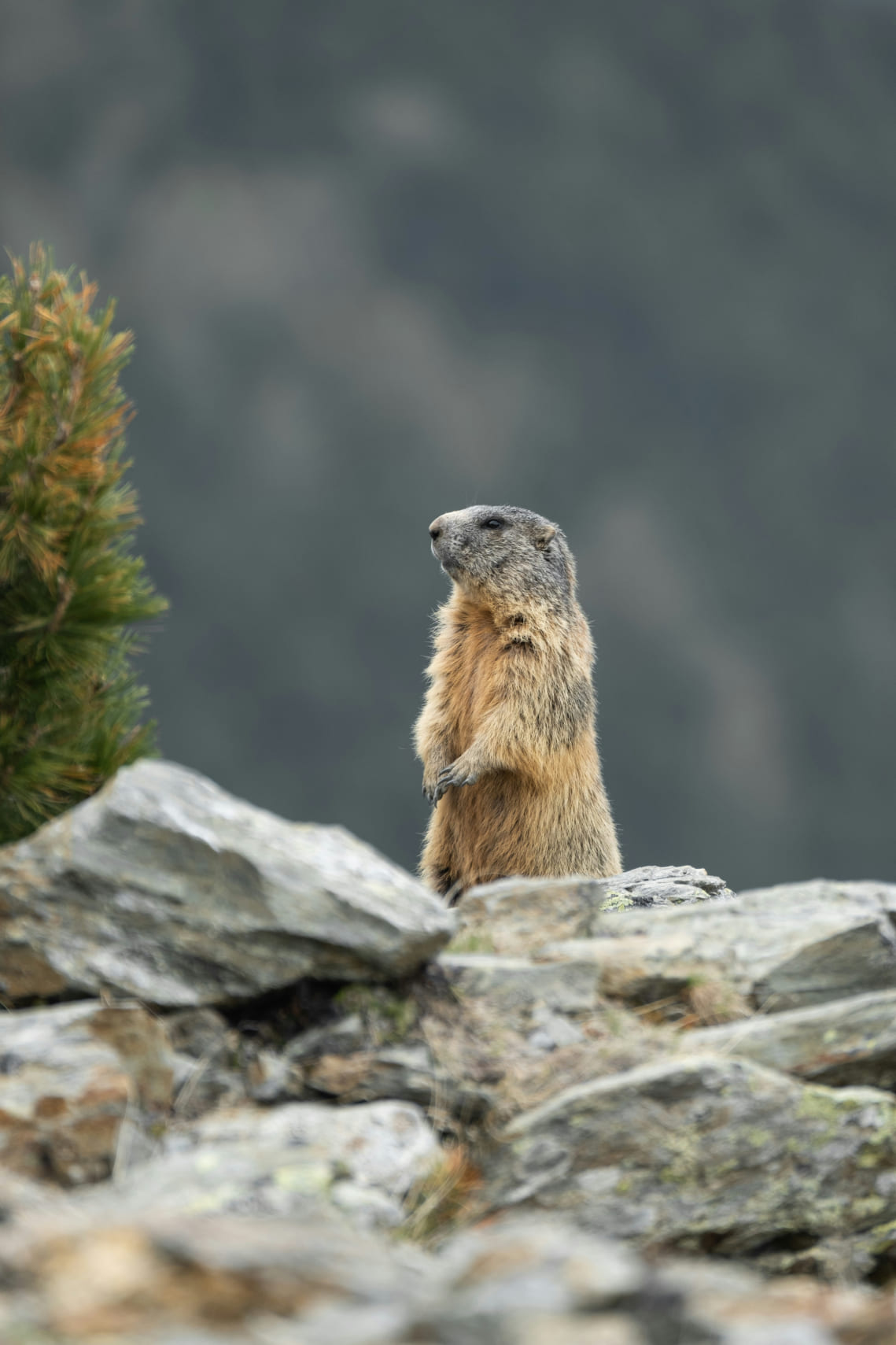-
Call Now: +913878958932
-
Email Now: [email protected]

Groundhogs, also known as marmots, are fascinating creatures that have thrived in grasslands and forests for thousands of years. These burrowing animals play a crucial role in their ecosystems, acting as nature's engineers by aerating soil and creating habitats for other species.
In ancient ecosystems, groundhogs helped maintain the health of grasslands. Their burrowing activities improved soil quality and promoted plant growth, benefiting a wide range of organisms. Groundhogs’ diet of grasses and plants also contributed to controlling vegetation, balancing the ecosystem.
Groundhogs have also appeared in folklore, often associated with weather prediction and seasonal changes. Their ability to hibernate for extended periods is a remarkable adaptation, allowing them to survive harsh winters and symbolize resilience in the face of nature's challenges.
As human activities encroach on their habitats, groundhogs face increasing pressures. Protecting these animals and their environments is essential to preserving the intricate web of life they support.